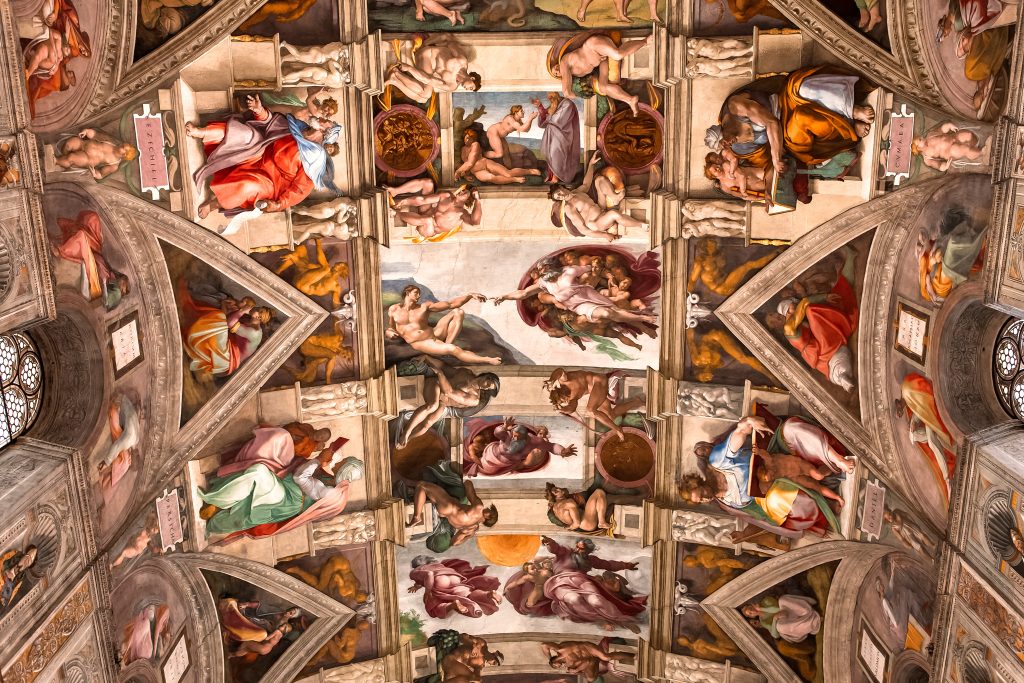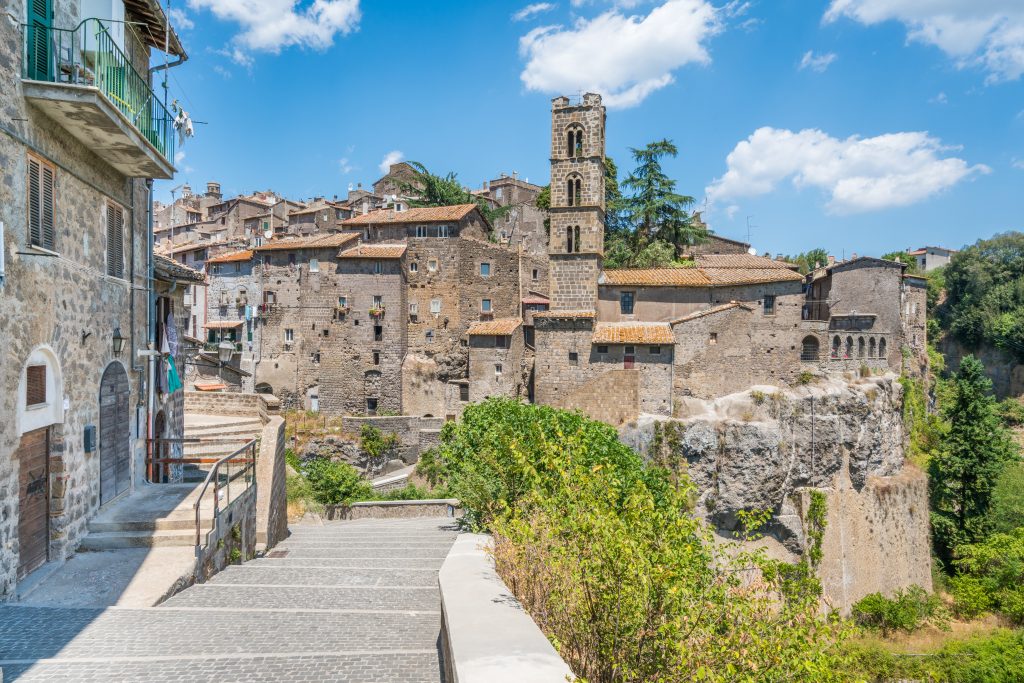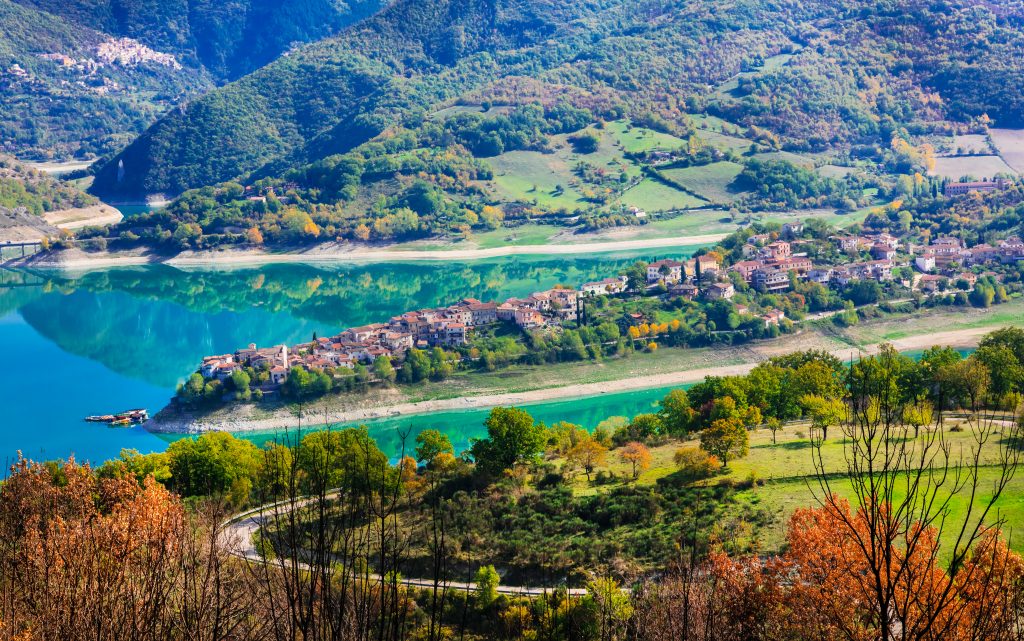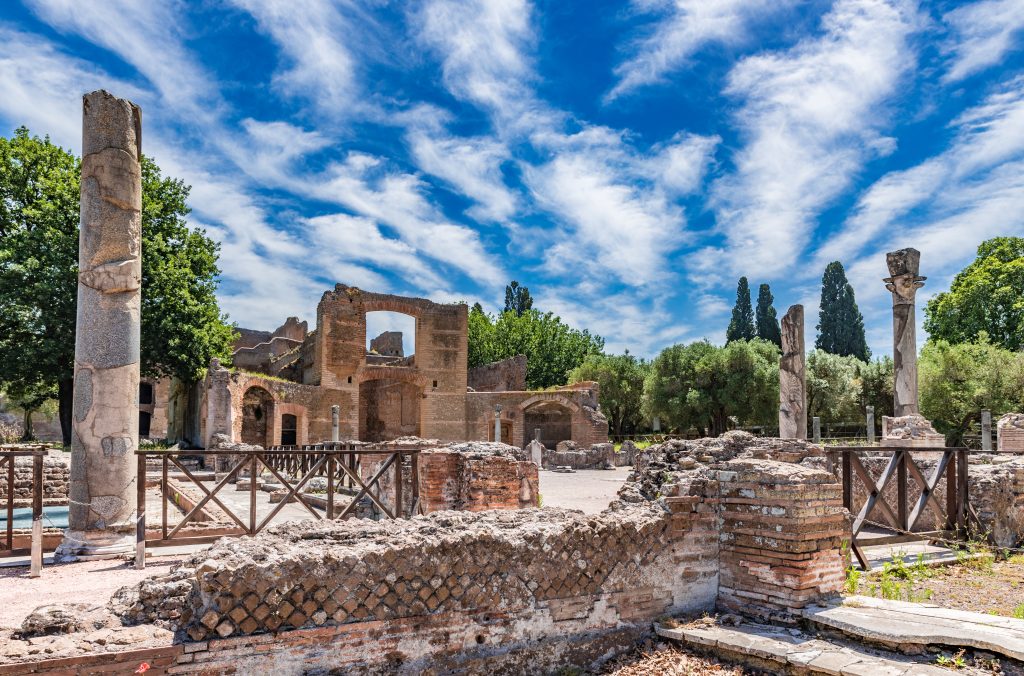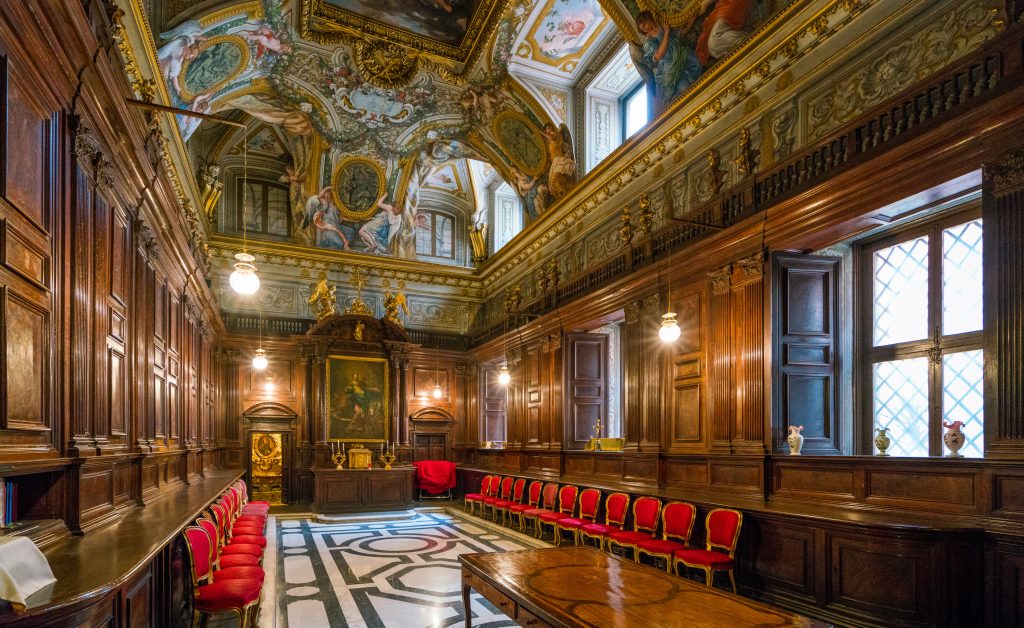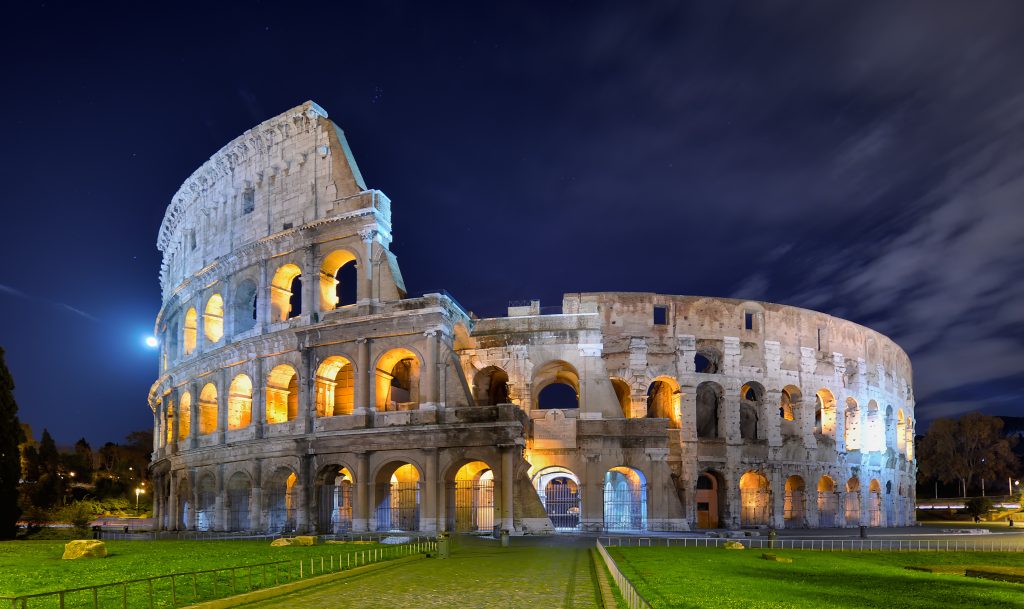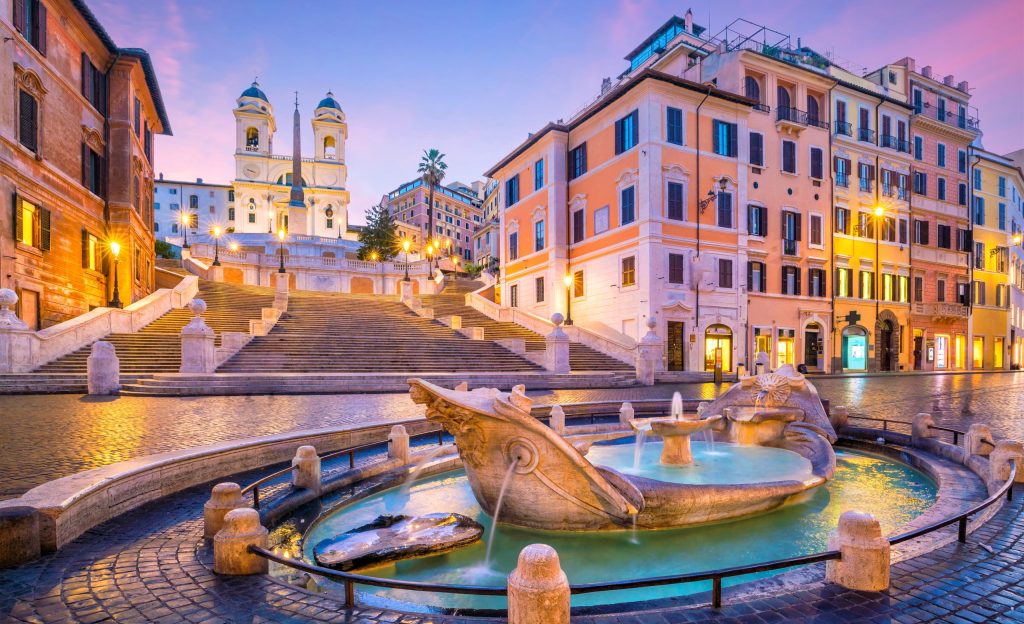History and sights of the Vatican City State in Rome
The Vatican City State is only one of the special features of Italy's capital Rome. The seat of the Pope, or Holy See, delights with the magnificent St. Peter's Basilica and world-famous cultural treasures in the Vatican Museums and looks back on a history as long as the city itself. Read more about the Vatican State in Rome!
The foundation and history of the Vatican City State
Today, it is believed that the site of the small Papal State was a Latin village in early Roman times. The Romans called its inhabitants “Vaticani” and in the Middle Ages, at times the Papal States even encompassed the whole of central Italy!
It was not until the foundation of the small state “Stato della Città del Vaticano” that the area west of the Colonnades and the Palace was delimited within the Leonine Wall. The foundation was due to the agreement between the Italian government and the Holy See in the Lateran Treaties. It has its army – the Swiss Guard – who still wear the picturesque uniforms designed by Michelangelo.
The state even maintains a passenger and goods railway station, as well as some service industries such as refuse collection, a pharmacy, and a supermarket. Vehicles have the abbreviation SCV on their number plates as an acronym for “Stato della Città del Vaticano“. The small state also maintains its radio station and the daily newspaper “L’Osservatore Romano“.
St. Peter’s Basilica and the Vatican Museums
The famous St. Peter’s Basilica in St. Peter’s Square is the largest church in the world and was built between 1508 and 1628 on the ruins of the old Basilica of Constantine. The most important artists of the time, Bramante, Raphael, Michelangelo, and Bernini participated in the construction. The huge entrance hall leads into the main nave of the church with Michelangelo’s famous “Pietà“.
The centrepiece is the 29-metre-high papal altar, which rises above the tomb of Peter. Behind it in the apse is the famous “Cathedra petri“, the Holy See by Bernini. 165 popes are buried in the Vatican Grottoes.
The dome of St. Peter’s Basilica is accessible via 537 steps or a lift. From the top, you can enjoy a stunning view over the Vatican Gardens and see Michelangelo’s painted ceiling frescoes and the Last Judgement up close in all their detail.
The Vatican Museums are the largest museum complex in the world, comprising many individual museums. The most notable is the Sistine Chapel, commissioned by Pope Sixtus IV in 1473. It features the world-famous ceiling painting by Michelangelo, painted between 1508 and 1512, which includes the iconic “Creation of Adam.”
In the Stanzas of Raphael, marvel at the frescoes by the renowned artist, particularly in the “stanza della segnatura,” considered a pinnacle of Renaissance art. The Vatican Museums also house the Egyptian Museum, which includes artifacts from Egyptian tombs, and the Pinacoteca, showcasing major works like Titian’s Madonna with Child and Saint, Caravaggio’s Entombment, and Raphael’s tapestries. The “Museo Gregoriano Etrusco” displays art and objects from the Etruscan civilization.
Booking and Information
The Vatican City State is a key highlight of Lazio, the central Italian region! Explore the diversity and treasures of the area with a sightseeing tour for groups. For a detailed itinerary and more information on our group tours to Italy, please contact us through our form or at +49 611 945879-42.
We look forward to assisting you with your travel plans!
Contact us to plan
your event or trip in Italy
Contact us now for a free consultation to plan an extraordinary experience for you and your guests!
